All Roads Lead to Rome (Pt. 9)
By Ashonté S. Lyles
Arrivederci Florence
In the whirlwind tour featured in Destination Diaries: “Cruising the Mediterranean: A Multicultural Family Odyssey – Ciao Italia,” our quartet visited La Spezia, Florence, and Pisa, Italy. We found ourselves swept away by the kaleidoscope of art, history, and culture that graced the shores of Italy. Our journey unfolded like a living art installation, each stop revealing new layers of beauty and meaning.
Our first port of call, La Spezia, greeted us with a delightful surprise: an art display at the La Spezia and Carrara Cruise Terminal of upscaled art crafted from recycled materials by six regional Italian artists. Nearby along the Passeggiata Morin or Morin Promenade, the public artwork "Redmare" by Sabrina D’Alessandro stood out, a mesmerizing fusion of words and imagery that begged us to come closer.
Next, we wandered through the streets of Florence, we were engulfed by a symphony of artistry that transcended time. From the majestic Piazza del Duomo, where Lorenzo Ghiberti’s Gates of Paradise or Porta del Paradiso glistened in the sunlight, to the imposing presence of The House of Medici once the home of Napoleon Bonaparte, every corner seemed to whisper tales of a bygone era. The city itself was a masterpiece, the gallery of statues called the Loggia dei Lanzi took us on a trip through the ever-evolving leadership and beliefs of the Florentine peoples beginning with the mythological, to the republic and emperors, and then Roman Catholic popes and royals, a mausoleum to generations past.
Our final stop led us to the iconic Leaning Tower of Pisa, a marvel of engineering that defied both gravity and expectation. Set against the backdrop of the Piazza dei Miracoli (Square of Miracles), it was a sight to behold, a testament to human perseverance and innovation. As we stood in awe of its slanted silhouette, we were reminded that true beauty knows no bounds, transcending language, culture, and creed.


All Roads Lead to Rome
"All roads lead to Rome" was first recorded when written by a French theologian and poet named Alain de Lille in Latin, "A thousand roads lead men forever to Rome," in 1175 in the Libre Parabolarum or Book of Parables, a collection of metaphorical biblical interpretations. The sea led our crew, with the 5,000 other cruise guests, to the port of Rome in Civitavecchia at 7 am. We met in the Royal Theatre on Deck 4 at 7:30 for the booked excursion “A Taste of Rome.” Our tickets warned us in writing that the tour would be “fast-paced and exterior only,” this did not deter folks in various states of physical fitness and families with stroller babies from attending, but most of these same folks did not accompany us the next day to Pompeii. This day put the parents, our tour guide, the stroller babies, and our ankles to the test. By 8 am we were on a bus with our tour guide and heading to the first stop on this lightening fast walking tour, the Trevi Fountain. On the walk, we passed many cafés and bars. There was a children's store that featured a ton of Pinocchio dolls and marionettes.
Through My Eyes: “Did You Know - Pinocchio”
Pinocchio, a beloved character from Carlo Collodi’s "The Adventures of Pinocchio," hails from Florence, Italy. Crafted by the woodcarver Geppetto in a Tuscan village, Pinocchio is a wooden marionette with a strong desire to become a real human boy. However, his journey is full of trials and lessons, particularly the importance of honesty. Whenever Pinocchio tells a lie, his wooden nose grows, serving as a visible lie detector. Originally serialized in a weekly magazine in 1881, "The Adventures of Pinocchio" has endured as a timeless classic, praised by Italian philosopher Benedetto Croce as the most important work of Italian literature.
Trevi Fountain
The Trevi Fountain marks the endpoint of the Acqua Vergine, an aqueduct that supplied water to ancient Rome. It is believed that in 19 BCE a virgin girl helped Roman technicians locate a pure water source, and this scene is depicted on the fountain’s façade. It is a stunning landmark and a symbol of Rome's cultural and artistic heritage.
This exquisite fountain derives its name from the fact it sits at the intersection of three roads (tre vie), in the Trevi district of Rome. The Palazzo Poli is the backdrop to this the largest Baroque fountain in the city and one of the most famous fountains in the world. Originally, Pope Urban VIII commissioned Gian Bernini in 1629, but Pope Urban died before construction could begin. Bernini is credited as the founder of Baroque architecture, renowned for his work throughout Italy, especially at the Vatican’s St. Peter’s Square.
Through My Eyes: “Did You Know - Baroque”
Baroque, an architectural and artistic style prominent in Europe during the 17th and 18th centuries, is renowned for its lavish ornamentation and opulent details. It flourished under the backing of the Catholic Church, which sought to rival the Protestant Church and attract congregants through the splendor of its spaces. Another prominent Baroque architectural site is the Palace of Versailles in Paris, France.
Examples of Baroque style
The fountain was once again commissioned under Pope Clement XII in 1730, designed by Italian architect Nicola Salvi, and completed by Pietro Bracci. Its grandiose design depicts Oceanus, a Titan from Greek mythology, standing in a shell chariot pulled by two sea horses and accompanied by tritons (a triton is a fish-tailed sea god or merman). The central figure of Oceanus is flanked by two symbolic statues representing Abundantia goddess of abundance and prosperity and Salubrity goddess of good health and safety. The fountain’s sculptures depict scenes from Roman mythology.
It's All Latin to Me
Trevi is topped with the coat of arms of Pope Clement XII and the inscription:
“CLEMENS XII PON MAX / AQVAM VIRGINEM / COPIA ET SALVBRITATE COMMENDATAM / CVLTV MAGNIFICO ORNAVIT / ANNO DOMINI MDCCXXXV PONTIF VI.”
The translation is “Clement XII, Pontifex Maximus” (the most important position in the ancient Roman religion or pope), “embellished with splendid refinement the Aqua Virgo, esteemed for its abundance and wholesomeness, in the year of the Lord 1735, the sixth of his pontificate,” (the sixth year of Pope Clement XII’s reign as pope). The other inscriptions explain that the fountain’s construction was completed under Pope Benedict XIV with the installment of the last statues and reliefs as previously ordered by Pope Clement XII in 1762.
Aside from its aesthetic beauty, the Trevi Fountain holds cultural significance as a symbol of hope, renewal, and prosperity. According to tradition, visitors to the fountain can participate in a ritual by tossing a coin over their shoulder into the water, ensuring their return to Rome. It's estimated that millions of euros are tossed into the fountain each year, with the proceeds going towards charity.
Our time at the fountain was fast and furious. It was so crowded, but our ‘Navigator’ Kimiyo found her way to the front almost in the center and made room for us to join her for some awesome views and pictures. But we had to be fast because that crowd was not going to hold back for long. We each tossed coins in the fountain to ensure a return visit – not sure if it helps but I always use my right hand and throw over my left shoulder. What’s your method #THCNomads, right over left, left over right, eyes open or closed? Did your wish come true?
Caesar’s Stomping Grounds
Our next stop led us to The Colosseum, yet with 28 centuries of history layered one upon the other, Rome's roads unveiled a multitude of historical treasures. As warned by our ticket stubs, the briskly paced tour barely afforded us time to grasp the significance of each site before we were whisked away to the next archaeological marvel.
Our tour guide led our diverse group of international travelers, spanning generations, back in time down modern streets surrounding ancient paths. We paused at pivotal points for brief insights into the ongoing excavations and re-discoveries. Our guide highlighted a poignant truth: with each new construction or restoration effort in Rome, centuries-old ruins resurface, reminding us that the past continues to shape our present and future.
In this city where layers of history intertwine, it becomes evident that no civilization truly fades into oblivion; their (our) legacies endure, leaving a deep-rooted mark on the world. Here is what we saw:
Saints Vincent and Anastasius of Trevi Church, located near the Trevi Fountain and the Quirinal Palace, stands as the parish church of Trevi. Constructed between 1646 and 1650 by architect Martino Longhi the Younger, it holds a remarkable collection: the precordia and embalmed hearts of 22 popes. Talk about Bizarre Encounters Abroad, that would be a sight to behold and if the coin toss works, we will be back to see.
Through My Eyes: “Did You Know - Precordia”
Precordia, the plural of precordium, is the portion of the chest wall or thorax immediately over the heart.
Palazzo Muti, a grand townhouse erected in 1644 in the Piazza dei Santi Apostoli, once formed part of a complex owned by the Muti Papazzurri family. The Muti Papazzurri family left an indelible mark on Renaissance and Baroque Rome, renowned for their wealth and influence in both political and cultural spheres. Palazzo Muti stands as a testament to their prominence in the city's landscape.
Altare della Patria, also known as the Monument to Victor Emmanuel II of Italy, stands as a majestic tribute to the first king of a united Italy, dominating the skyline of Rome with its imposing architecture and grandeur. King Victor Emmanuel II's reign heralded the dawn of the modern Italian state, marking a significant chapter in the country's history.
Hadrian's Auditoria, remnants of an ancient auditorium commissioned by Emperor Hadrian, offers a glimpse into the architectural marvels of ancient Rome. Emperor Hadrian's legacy is etched in stone across the Roman Empire, from Hadrian's Wall in Britain to the iconic Pantheon in Rome. His military campaigns, administrative reforms, and promotion of Greek culture left an indelible mark on the empire during his rule from 117 to 138 CE.
Santa Maria di Loreto, a 16th-century church located near Trajan's Column, stands as a testament to Rome's rich religious heritage. Its proximity to the iconic Monument of Vittorio Emanuele II adds to its significance as a cultural landmark.
The Forum of Caesar was commissioned by Julius Caesar in 46 BCE. This forum, situated near the Forum Romanum, served as a political and commercial hub, bearing witness to Caesar's reign's ambitious urban planning initiatives. Julius Caesar's name resonates through the annals of history as a Roman general, statesman, and dictator who reshaped the course of the Roman Republic. His military conquests and political maneuvers paved the way for the transition to the Roman Empire, forever altering the trajectory of ancient Rome.
Mercati di Traiano, or Trajan's Market, showcases the architectural ingenuity of ancient Rome. This sprawling complex once served as a bustling marketplace and administrative center, offering insights into the daily life of Roman citizens. Trajan, an emperor of Rome from 98 to 117 CE, is celebrated for his military expertise and expansive building projects. His architectural feats underscore his enduring legacy in Roman history.
The Temple of Venus Genetrix (Genetrix is Latin for mother), situated within the Forum of Caesar, pays homage to the Roman goddess Venus Genetrix, revered as the originator or mother of the Julian dynasty. Commissioned by Julius Caesar in 46 BCE, this temple stands as a testament to Caesar's political and religious ambitions, symbolizing the divine origins of his lineage.
The Colosseum
Finally, we made it to the Colosseum, or Flavian Amphitheater, a timeless emblem of Rome's ancient splendor. Built from 70 to 80 CE, it hosted thrilling or horrifying, a matter of perspective, spectacles for crowds of up to 50,000 people. These spectacles included gladiatorial contests, wild animal hunts, mock sea battles, and dramatic reenactments of famous battles and myths. Today, its majestic ruins stand as a testament to Roman engineering genius, drawing visitors worldwide to marvel at its enduring grandeur and to glimpse into the captivating dramas of ancient times.
As we arrived, our guide issued a familiar warning, "Don't speak to the vendors around the amphitheater, they are pickpockets." Just as I expressed in "All Gypsies Aren't Thieves" in Bizarre Encounters Abroad, assuming all vendors or people who approach you are out to scam or rob you, especially Gypsy or Romani people, Africans in this case, is simply not true and a dangerous stereotype. While we should always exercise caution and practice situational awareness, we should not assume every person is out to steal from us. We immediately broke our guide's rule and spoke to all the "Gypsies," we even purchased a couple of hand-made bracelets and took a picture with a young man from Kenya.
The Vatican
The tour wrapped with a ride to see the Pope in Vatican City, where I excitedly anticipated seeing St. Peter's Square firsthand. Coming from Louisiana, more than half of my family is Catholic, and the Holy Roman Church holds special significance for my cultural heritage as a Louisiana Creole. A dear friend of mine was raised in the church, I made a point to acquire a rosary blessed with holy water from the fountain in the center of the square as a meaningful souvenir for her.
Upon our arrival, we were warned about potential scams in the square, including individuals offering discounted tickets to enter the grounds. However, with a discerning eye, it was clear that these offers were illegitimate, as those involved lacked the professional attire or official badges associated with legitimate Vatican personnel. Thankfully, entrance to the square and St. Peter's Basilica is free. The line however will cost you, you will pay in "blood and sweat," not really, but the line was about two hours long.
Through My Eyes: “Did You Know - Vatican City”
Vatican City, nestled within the heart of Rome, is the world's smallest independent state and the spiritual epicenter of the Catholic Church. It's a place where faith, history, and art converge, drawing pilgrims and tourists alike to its revered grounds.
St. Peter's Square, the iconic plaza at the heart of Vatican City, is a breathtaking sight to behold. Encircled by colonnades designed by the renowned artist and architect Gian Lorenzo Bernini, it radiates a sense of grandeur and spiritual significance. Bernini's design was commissioned by Pope Alexander VII in the 17th century and remains one of the most celebrated examples of Baroque architecture in the world. The colonnades are adorned with statues of saints and popes, depicting a lineage of spiritual leadership that stretches back through the ages.
Yet, beneath the surface of this splendor, controversies have marred the Catholic Church's reputation. The Church's immense wealth stands in stark contrast to the poverty endured by many of its congregants. Additionally, historical connections to global colonization raise questions about the Church's role in the exploitation of indigenous peoples. Moreover, scandals involving child abuse have rocked the institution, casting a shadow over its moral authority.
Despite these challenges, Vatican City and St. Peter's Square remain symbols of the enduring power and influence of the Catholic Church, inviting visitors to contemplate both its majestic history and the complexities of its present-day realities.
Vatican Gnocchi
All that walking around the Pope's backyard made us very hungry, so then the discussion of who would pick the restaurant, it was my turn to pick and my choice was Caffè Moretto. Online this location has horrible reviews, but I do not check reviews overseas especially when going on the fly. I have to say, we must have a sign that says we are not to be played with on our backs because our experience was the polar opposite of that of other patrons who complained of scams, poor service, and mediocre food. We had delicious pasta, gnocchi, cappuccino, and beer of course. The service was good and the restaurant was clean and pleasant. We did not get ripped off on the bill and walked away full and content. I wrote all that to say not to let others' experiences keep you from trying something for yourself, you never know - maybe it is just them.
I Need a Hiro
Then it was back to the Symphony of the Seas where we chilled having drinks and wandering through the decks. At 9 pm we went to the Aquatheater on Deck 6 to watch the spectacular water show Hiro, a show so nice we saw it twice!
Naples for Pizza
Now it is time for the world's best pizza in the place where pizza was born, Napoli better known as Naples, Italy. But before that, we get Mt. Vesuvius volcanic ash all over us and almost get kicked out of the ruins of Pompeii which you can read about in Bizarre Encounters Abroad: "Don't Touch Pompeii." Let’s GEAUX ✈️🌍
****
Hey THC Nomads!
Thanks for reading! Don't miss out – scroll down to SUBSCRIBE! Dive into The Horizon Calls share your thoughts in the comments, and connect with us on socials – Instagram, Facebook, TikTok, and YouTube.





















































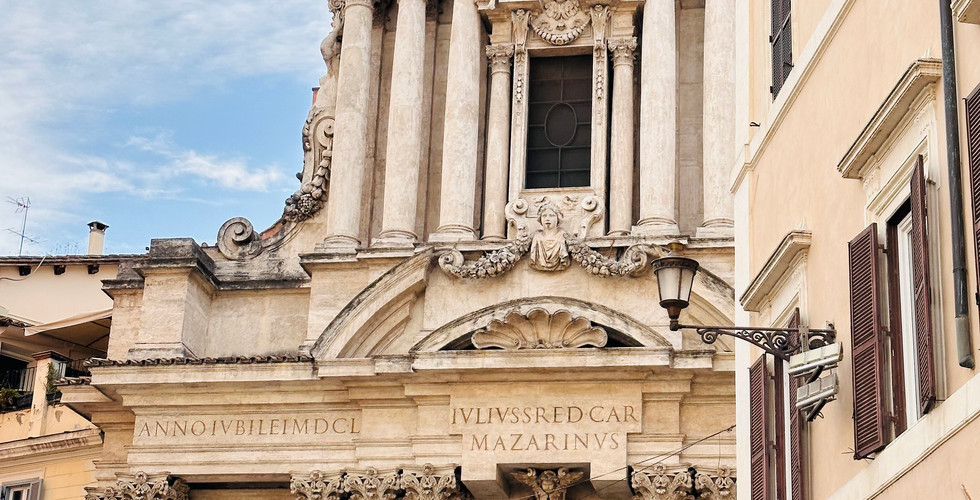





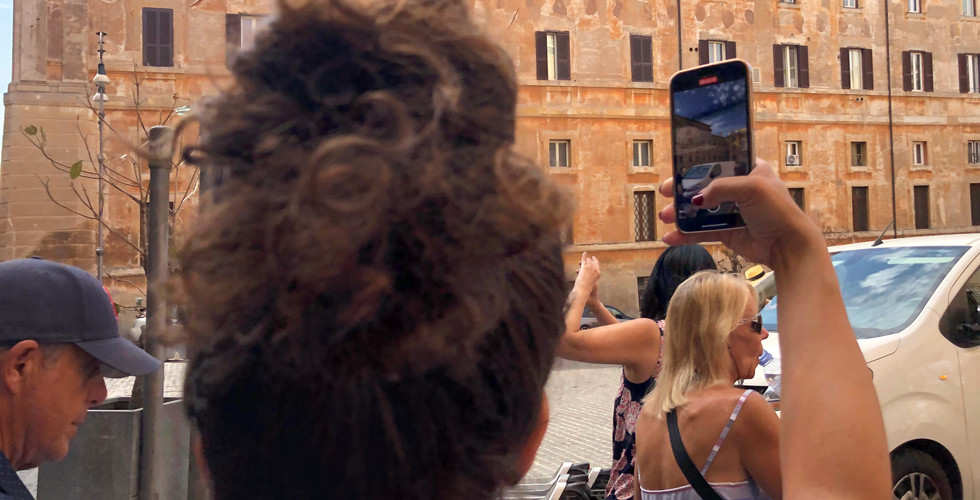



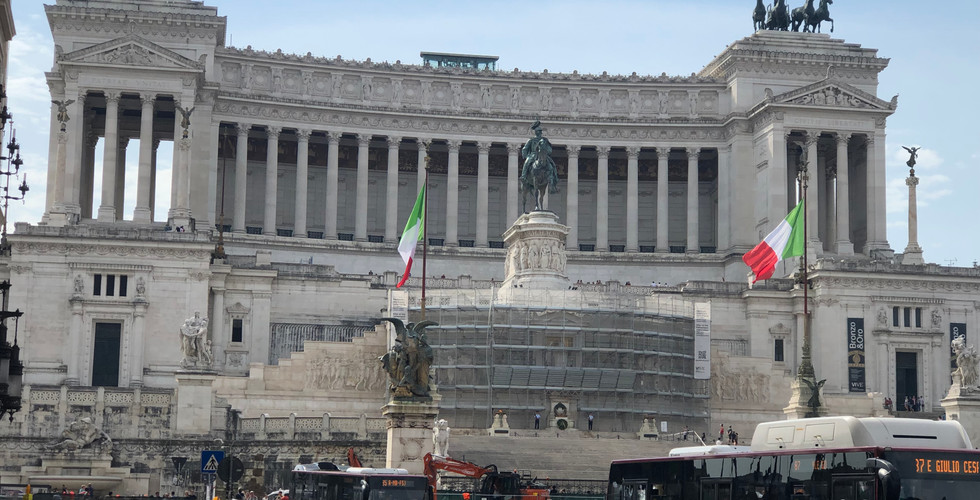















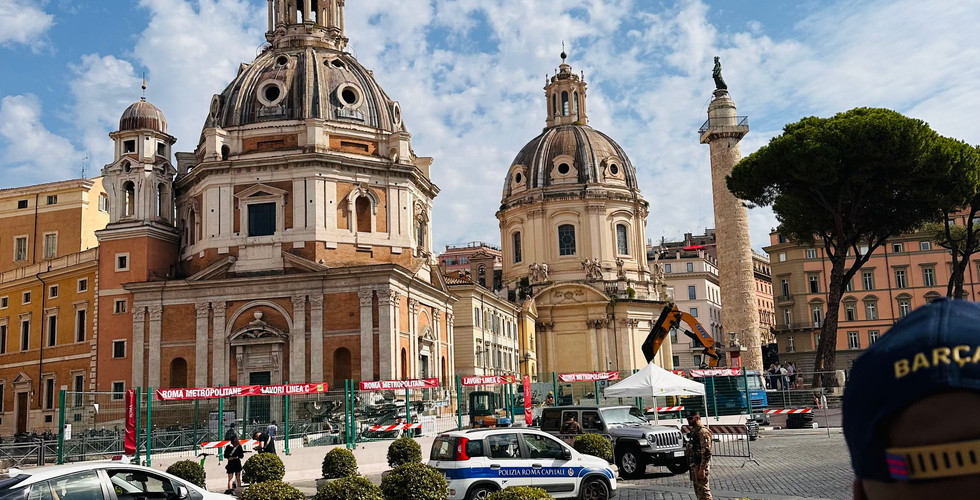









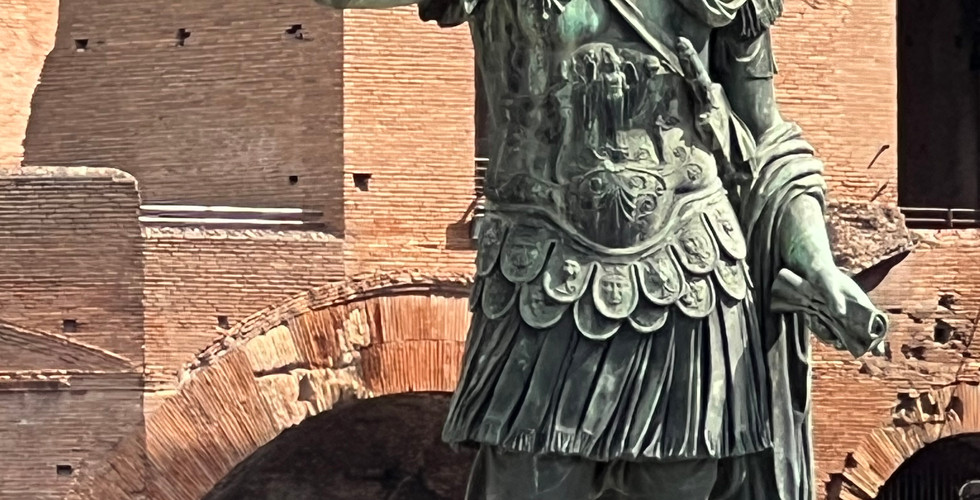



















































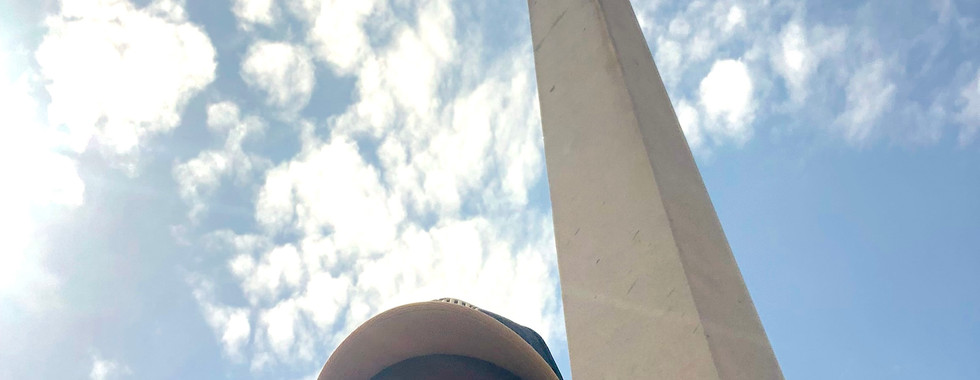









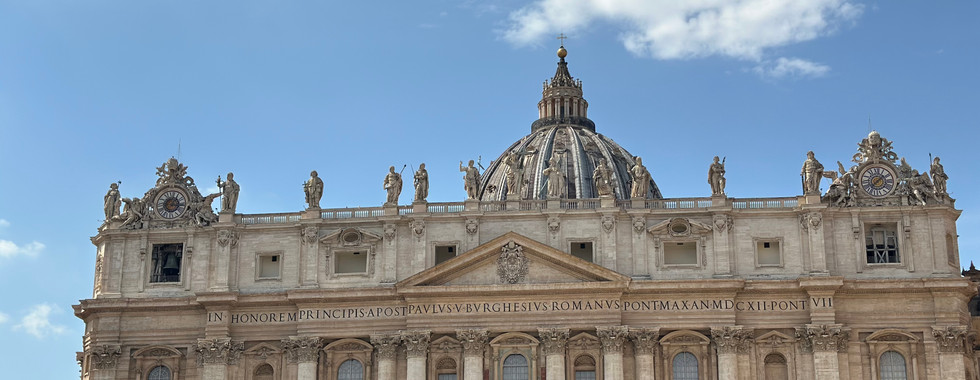









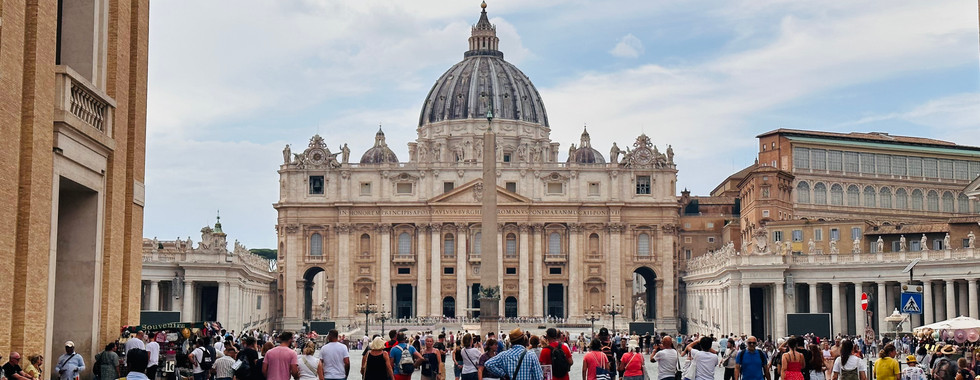







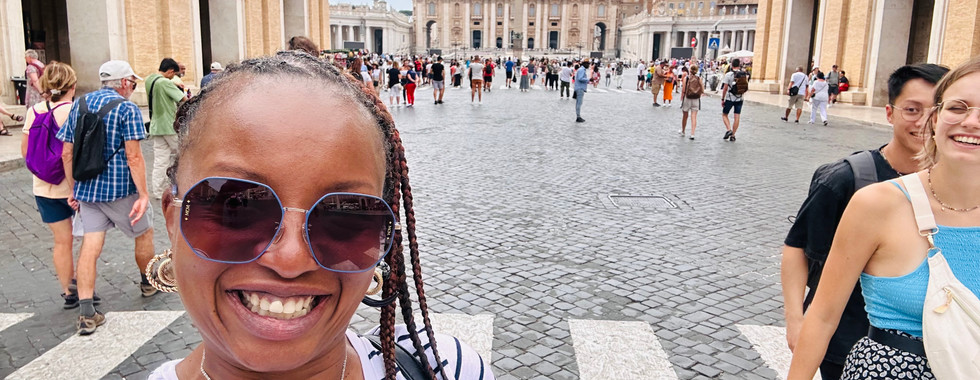













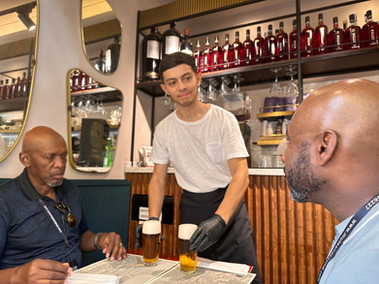













Comments